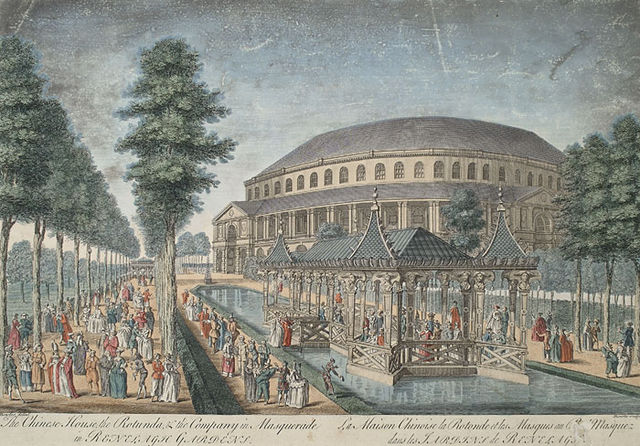Leeds Royal Park was a pleasure garden in Leeds, West Yorkshire from 1858 to 1885, located to the west of Woodhouse Moor about a mile out of the city centre. It was established by Thomas Clapham, an entrepreneur and local politician, but like the rest of his ventures it was unprofitable, and was closed and sold in 1874 due to the level of debt built up on its mortgages, after which it was known as the Leeds Horticultural Gardens. The new management company also had problems with debt and it was sold off in plots for housing development from 1885. The site now forms part of the dense residential area of Hyde Park, leaving a legacy in the layout and street naming. The only surviving building connected with the Royal Park is the old entrance lodge, converted into a group of houses facing Woodhouse Moor.
Advertisement in the Leeds Mercury for a special gala at the Royal Park, May 1869
223–229 Hyde Park Road, the original Royal Park entrance lodge
Image: Royal Park Road
Image: Top of Royal Park Road
A pleasure garden is a park or garden that is open to the public for recreation and entertainment. Pleasure gardens differ from other public gardens by serving as venues for entertainment, variously featuring such attractions as concert halls, bandstands, amusement rides, zoos, and menageries.
An 18th-century print showing the exterior of the Rotunda at Ranelagh Gardens and part of the grounds
Paderborn Castle, Germany, in 1736, with its jardins de plaisance, as well as the kitchen gardens ("E") at right.






